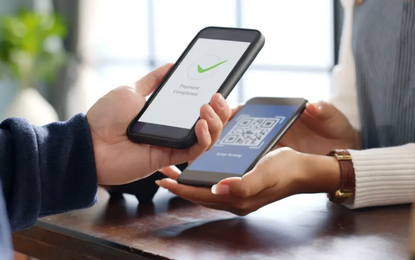

As banking migrates to more agile and open infrastructures, cross-border payments are becoming easier within a collaborative environment Although talk of digital banking is becoming increasingly common, the truth is that there are still services stuck in the past, and cross-border payments are a good example. However, technology seems to be starting to move more quickly, so the complexity of codes such as IBAN (International Bank Account Number) or BIC (Bank Identifier Code) will soon disappear. Nowadays, the failure or success of a good loyalty strategy is achieved through quick and simple procedures. Financial institutions must adapt to a digital framework, as this will determine their relevance in a market where competitors are becoming more and more diverse. Consequently, it’s ironic that banks strive to increase their effectiveness and speed while still asking users to provide the 24-digit IBAN to make a cross-border transfer that takes 48 hours, in the best-case scenario, to get the money to its destination. Given this scenario, several players, especially fintechs, have taken the lead in the transformation of international transfers and are facilitating and upgrading the process of cross-border payments using technology. What's next and how to deal with it? Here are some ideas for the banking industry.
If we follow the trend of simplifying user operations, IBAN or BIC codes are destined to disappear. The initial challenge for banking is to make these combinations invisible or to make them secondary, so that customers are not required to know them. In order to achieve this, the institution must transform its business, leaving aside the numerical methods that are supported by legacy technologies, and aim for native digitalization; that means reinventing processes in order to offer services that are in step with a client that sees the world as a large network. A customer wanting to make a cross-border transfer should only have to swipe and authenticate the operation with biometrics, while the bank ensures that the money travels in a fast, secure process.
Technology has increased the supply and diversification of financial products, multiplying the opportunities for other players that are challenging banks' dominance in sectors such as cross-border payments. Fintech firms are gaining ground with fast payment systems with low fees. In fact, in the pre-pandemic era, the adoption trend among consumers in the region was already growing, with an average 68% of the population in Peru, Mexico, Argentina, Chile and Brazil, using a fintech product, according to an ECLAC study published in 2020. In addition, the products offered by fintechs have focused on serving social sectors where traditional banking has had little impact and which are usually the ones receiving remittances. This fact underlines the need for banking to serve the bottom of the pyramid, as institutions become more digital and truly inclusive. By promoting increased banking penetration among Latin America's population, the industry will become more effective as a money transfer middleman, as it will be able to provide this solution to more people.
Now, let's talk about taking cross-border payments to another level. Imagine paying someone in another country for a product or service with a voice note in your bank's app or having a "make payment" tab in every email you send. Achieving this level of operation requires banks to become technology providers that are integrated into the user’s digital life. This creates opportunities for making cross-border payments from applications, portals and even the customer's favorite video game, with secure transactions that inspire confidence. Embedded finance opens up expansion possibilities for banks and promotes their presence on non-financial platforms or brands frequented by customers. While abroad, a person could pay for basic services for family members in another country, schedule a credit purchase and find their bank in various brands, channels, or important products for their household. As technology changes people's daily lives, banks need to adapt to these new trends and let go of legacy processes that slow their operations down. Cross-border payments must stop being a pain for users and a neglected area for banks and become a fast, simple, and secure experience.
Join our online community and stay up to date with the latest news from the world of technology.